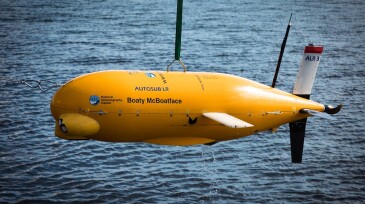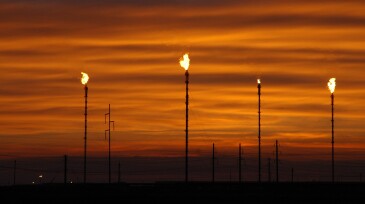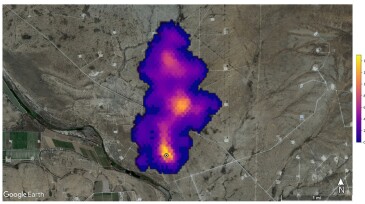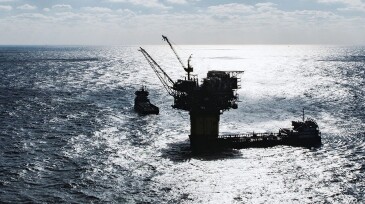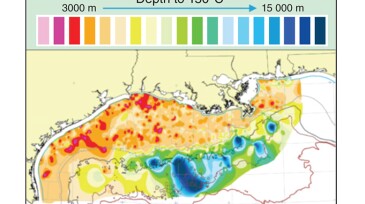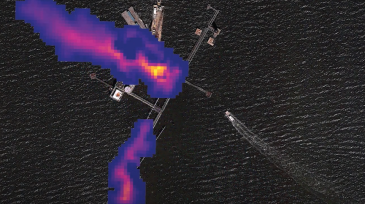environment
-
The new listing aims to prevent further loss of habitat for the flamboyant, stocky birds, which have drastically dwindled in population.
-
A recent mission that saw the robot submarine Autosub Long Range, better known as "Boaty McBoatface," explore and visually map end-of-life oil fields has been hailed as a success.
-
Data from member companies reveals an increased intensity in greenhouse-gas emissions for 2021. And, while flaring increased, too, long-term trends on that practice are clearly moving downward.
-
Built to help scientists understand how dust affects climate, the Earth Surface Mineral Dust Source Investigation can also pinpoint emissions of the potent greenhouse gas.
-
Increasingly intense heat waves, wildfires, and droughts are forcing costly adaptations.
-
In the search for leaks, more oil and gas companies are making the argument that ground-based inspections cannot compete with aerial surveys.
-
Long recognized as a pillar of US energy production, deepwater Gulf of Mexico could help provide the resources the world needs during the energy transition.
-
This paper presents a summary of the results of a study of the potential for repurposing legacy oil and gas facilities in the Gulf of Mexico for uses in a blue economy.
-
Airborne emissions surveys of offshore oil and gas facilities are not as common as those done onshore. A recent study suggests that needs to change.
-
The objective of this study is to improve the current understanding of the hydrodynamic processes arising when hydrogen is stored in subsurface porous media. This work compares the use of two cushion gases, namely carbon dioxide and methane, for hydrogen storage in a synthetic aquifer.


